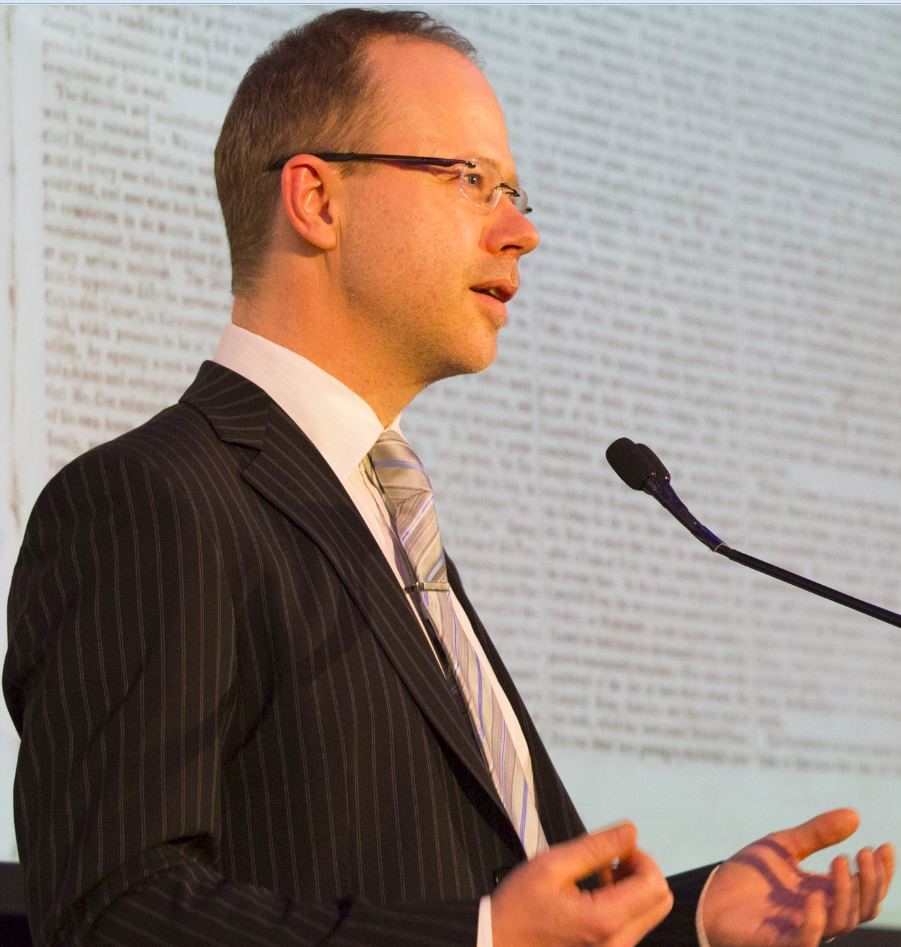The Archives
-
Cultural Studies, Historical Studies, Life Writing
Lives Recovered and Reclaimed
25.04.11 | Permalink | Comments Off on Lives Recovered and ReclaimedA life can be recovered in many ways: through retrieving, reclaiming, remembering, re-imagining, revising, restoring, recognising, re-telling or re-placing. In this special issue of Life Writing the impulse to pay respect to lost, hidden or unacknowledged lives flows through the papers, all of which are drawn from the major international conference on ‘Recovering Lives’ convened by Cassandra Pybus, Caroline Turner and Paul Arthur in 2008, and hosted by the Humanities Research Centre at the Australian National University. With sessions held at the National Museum of Australia, accompanying exhibitions, artists’ talks and film screenings, the conference aimed to break down traditional barriers between disciplines, media and ways of seeing. Historians, writers, filmmakers, anthropologists, curators, journalists, artists and activists interpreted the theme in ways that put the spotlight on people and practices that the global vision, for all its benefits, has left behind, overlooked, marginalised, or even enslaved.
-
Communication and Media Studies, Cultural Studies, Literary Studies
Digital Fabric, Narrative Threads
25.10.08 | Permalink | Comments Off on Digital Fabric, Narrative ThreadsThe traditional crafts of quilting, embroidering and weaving may appear to be a world away from the high tech fields of computer networking, digital interface design, and database development. However, the old and new are increasingly being linked through metaphors that reveal a great deal about changing attitudes to digital technologies as they become more established and widely accessible […] Today’s communication networks are structured around “patchwork” designs, software glitches are fixed with “patches,” computer processors are being described as “multi-threaded,” and over the past decade other “material metaphors” have been embraced as a means of conceptualising and giving form to our new world of amorphous digital texts. In particular, the quilt motif has been used in a variety of ways, including as a means of visualising interaction and information flows and as a template for digital interface design.
-
Communication and Media Studies, Cultural Studies, e-Research, Humanities
Multimedia and the Narrative Frame
25.07.06 | Permalink | Comments Off on Multimedia and the Narrative FrameJanet Murray’s Hamlet on the Holodeck (1997), a landmark text written nearly a decade ago, set out to investigate the potential for interactive story forms at a time when digital interactivity was, for the first time, in the hands of the mainstream. Her book, which analyses a range of non-linear narrative models, continues to inspire those who wish to imagine the future of digital narrative textuality. The study of interactive narrative is now a vast field in its own right. Today there is extensive, vibrant debate on the evolution of digital narrative story forms, with theoretical commentary coming from perspectives as diverse as new media theory, literary studies, cinema studies, media arts and humanities computing.






